When you watch A.I. Artificial Intelligence (2001) and sense echoes of Pinocchio (Disney’s 1940 version of Carlo Collodi’s tale), you’re not imagining things. The question then becomes: how was Steven Spielberg able to reference Disney’s Pinocchio in A.I.? Understanding this connection illuminates both the creative process behind A.I. and how storytellers embed mythic motifs to deepen meaning. It also showcases how major directors draw inspiration from classic tales, adapt them, and pay homage — while still creating something fresh. In this article we’ll explore exactly how Spielberg managed those references (direct and indirect), why they work, and what they mean for the film’s themes and resonance.
The Background: Pinocchio, Spielberg & A.I.
The Original Pinocchio Tale and Disney’s Version
The basic story of Pinocchio is familiar: a wooden puppet created by a maker named Geppetto dreams of becoming a “real boy.” He embarks on adventures, makes mistakes, learns moral truths, and (in the Disney version) is ultimately transformed, or at least validated, as human. This narrative of transformation, longing and identity is deeply embedded in Western culture.
How A.I. Originated and Spielberg’s Involvement
A.I.’s genesis stretches back many years. Stanley Kubrick originally held the rights to the tale by Brian Aldiss called Super-Toys Last All Summer Long, and he developed the project for decades. After Kubrick handed the project to Spielberg, Spielberg wrote and directed the film. What’s interesting: Kubrick himself described this story as a kind of Pinocchio allegory — he allegedly told his writer Ian Watson to read Collodi’s Pinocchio. In short: from its earliest conception, A.I. was always meant to echo the Pinocchio myth.
This background is key to answering how Spielberg was able to reference Pinocchio: because the project itself was consciously structured around the Pinocchio myth, giving Spielberg both license and framework.
How Was Spielberg Able to Reference Disney’s Pinocchio in A.I.
Here’s how the referencing works — both structurally and thematically.
Structural and Narrative Parallels
-
The “puppet who wants to be real boy” arc
-
In Pinocchio, the puppet wants to become human.
-
In A.I., the android boy named David (played by Haley Joel Osment) wants to be a “real boy” so his human mother will love him.
-
That core desire is a direct thematic echo.
-
-
The Blue Fairy / wish-fulfilling figure
-
In the Disney film, Pinocchio believes a Blue Fairy will make him real.
-
In A.I., David’s quest includes finding a mythical “Blue Fairy” statue (and in his mind she will turn him real). This is explicitly mentioned in critiques and analyses.
-
This symbolic figure bridges the two stories.
-
-
Pleasure Island, transformation and identity crisis
-
In Pinocchio, the Pleasure Island sequence is where boys go astray and transform into donkeys.
-
In A.I., there is a sequence reminiscent of that — the Rouge City “Flesh Fair” and the carnival of robot abuse. Critics note this inversion of innocence and corruption.
-
-
Creator/child relationship
-
Geppetto & Pinocchio.
-
In A.I., Professor Hobby creates David; Henry & Monica adopt him; there is a parent/creator dynamic. Kubrick’s early documents even refer to Geppetto analogues.
-
Why It Works – Homage, Fair Use and Thematic Depth
-
Because the Pinocchio story is in the public domain (Collodi’s original 1883 text is) and its motifs are archetypal, Spielberg & his team were free to evoke the story without infringement.
-
They didn’t simply copy Disney’s exact sequences or animations; instead they re-interpreted the mythic structure and inserted new contexts (robots, future society, identity crisis) — making it a tribute rather than a replica.
-
Spielberg is known for embedding mythic references in his work — using familiar story arcs to give emotional resonance. By referencing Pinocchio, he taps into the universal longing to belong and to be accepted.
-
The films that inspired him (and Kubrick) weren’t just family entertainments: they were symbolic. For example, Kubrick told Watson: “This is a picaresque robot version of Pinocchio.”
Visual & Symbolic Cues in the Film
-
The “blue fairy” statue appears.
-
David reading the story of Pinocchio (in A.I., Monica reads the story aloud to David).
-
David’s longing gaze, the “real boy” line.
-
The journey motif — leaving home, seeking transformation, encountering danger.
-
The carnival/pleasure island analog: Rouge City and Flesh Fair.
These cues all nod back to Pinocchio, giving viewers a sense of familiarity while still being in a futuristic setting.
Why This Reference Matters
Emotional Resonance
By connecting to Pinocchio, A.I. instantly taps into a story of innocence, aspiration, and existential longing. We feel for David because we recognize the mythic structure underneath: “I want to be real. I want to belong. I want love.” That instantly emotional link adds depth and weight.
Thematic Depth – Humanity, Creation, and Identity
-
The Pinocchio story asks: what does it mean to be “real”? To be human? To be loved?
-
A.I. lifts those questions into a sci-fi context: if a robot child can feel love and longs to be real, is ‘real’ something external or internal?
-
Engaging with these questions made A.I. more than just CGI spectacle; it became a philosophical fairy tale. Many critics point that out.
Bridging Kubrick & Spielberg
Because Kubrick had developed the project under the Pinocchio schema, Spielberg’s use of the reference honored that legacy. It also allowed him to merge Kubrick’s darker themes with his own sentimental style. This balancing act (cold vs warm, technological vs emotional) is part of what makes the film unique.
Real-Life Examples and Insights from the Production
Kubrick’s Early Direction of the Project
-
Kubrick insisted Ian Watson read the original Pinocchio book.
-
In early treatments Kubrick described A.I. as “Pinocchio” (for example: the robot boy wants to become human).
-
The production’s long development allowed the mythic scaffolding to be built in.
Spielberg’s Approach and Interview Comments
-
In interviews, Spielberg acknowledges reading earlier treatments and says he maintained Watson’s structure.
-
He also remarked that many of the “emotional” parts were actually from Kubrick’s original vision and many “cold” parts were his own — which shows the deliberate layering of different tones (one might say reflecting the Pinocchio myth’s dark and light sides).
Scholarly Analyses
-
Scholarly papers such as “Kubrick, A.I., and the Problem of Pinocchio” analyze how the film structurally and thematically aligns with the Pinocchio myth.
-
Another study, “Growing Nowhere: Pinocchio Subverted in Spielberg’s A.I.” looks at how the film doesn’t simply replicate but subverts the original story.
-
For example: in Pinocchio the moral path leads to “real-boy” status; in A.I., David’s quest ends with deeper ambiguity.
-
Related Keywords and Concepts
Here are some terms and ideas you’ll often see when exploring “how was Spielberg able to reference Disney’s Pinocchio in A.I.” — include these for context, SEO and deeper understanding:
-
Pinocchio allegory in A.I.
-
Spielberg Pinocchio motifs
-
A.I. movie Pinocchio myth
-
Robot boy becomes real boy theme
-
David (A.I.) real boy reference
-
Blue Fairy symbol A.I.
-
Pleasure Island analogy in A.I.
-
Kubrick Spielberg A.I. development
-
Mythic storytelling in sci-fi
Why Some Viewers Miss the Reference — And What to Watch For
The Reference Is Subtle, Not Literal
Unlike a scene-by-scene remake of Pinocchio, A.I. embeds the mythic structure rather than overtly copying Disney’s film. That means:
-
You won’t see the exact characters of Geppetto or Jiminy Cricket.
-
The setting is futuristic and the plot diverges significantly.
-
The “Blue Fairy” is symbolised rather than full-on magical fantasy.
The Tonal Shift Makes It Less Obvious
-
Some viewers expect a warm, family story (as Disney’s Pinocchio is) but A.I. veers into darker territory (abandonment, identity, mortality).
-
Because of this tonal shift, the “real-boy” quest can feel more tragic than triumphant — making the homage less obvious on first watch.
Tips to Spot the Reference
If you re-watch the film, pay attention to:
-
Scenes where David hears about becoming a real boy or expresses that desire.
-
The use of the Blue Fairy imagery, statue or concept.
-
The carnival/pleasure island-type sequence (Rouge City / Flesh Fair).
-
Parent/creator figures and the abandonment motif.
-
The moment when the story of Pinocchio is read aloud to David or shown as a book.
The Broader Significance for Storytelling
Why Modern Films Use Classic Fairy Tales
-
Fairy tales give pre-built emotional architecture (we already understand longing, innocence, transformation).
-
Re-interpreting them in new settings (sci-fi, dystopia, robot world) gives fresh perspective and relevance.
-
It allows filmmakers to ask modern questions (identity, technology, humanity) within a familiar emotional framework.
What A.I. Teaches Us About Identity and Creation
-
By referencing Pinocchio, A.I. invites us to ask: what makes us “real”? Is it flesh, DNA, consciousness, love?
-
It reframes “creator/creation” in the context of robotics and AI, rather than puppets and wood.
-
The film suggests that the quest to belong (“to be loved, to be accepted”) is universal — regardless of human or robot.
Spielberg’s Efficiency in Referencing
-
Spielberg doesn’t just drop in the homage; he integrates it so that the story stands alone. You don’t have to know Pinocchio to enjoy A.I., yet knowing the mythic backbone enhances your experience.
-
This is a hallmark of high-level storytelling: the material works on two levels — the surface narrative and the deeper mythic resonance.
Conclusion
So, how was Spielberg able to reference Disney’s Pinocchio in A.I. Artificial Intelligence? The answer is both pragmatic and creative: the project was built from its early phases around the Pinocchio myth, so Spielberg inherited a narrative map rooted in that story. He then infused the film with structural parallels (a puppet-boy who wants to become real), symbolic cues (the Blue Fairy, the carnival of lost innocence) and thematic resonance (identity, belonging, creation). By re-imagining the classic tale in a futuristic setting, Spielberg didn’t simply recycle the story — he transformed it, giving new meaning while honoring the old. For viewers, recognizing these references deepens appreciation; for storytellers, it is a powerful example of how mythic structures can be adapted for modern cinema. If you re-watch A.I. now, you’ll likely see how beautifully the Pinocchio tribute is woven in — and how it drives the emotional core of the film.
FAQs
Q1: Does the film use characters from Disney’s Pinocchio directly?
No, it does not directly copy characters like Jiminy Cricket or Geppetto as they appear in the Disney film. Rather, it uses the underlying story structure (puppet/robot wishes to be real boy) and symbolic motifs (Blue Fairy, transformation) in a new context.
Q2: Was there a legal licensing deal with Disney for the reference?
There is no public indication that Spielberg negotiated a licensing deal with Disney to reference their 1940 Pinocchio. The references are thematic and symbolic rather than direct, and the original Pinocchio story (by Collodi) is in the public domain.
Q3: Why did Stanley Kubrick call the project “Pinocchio”?
Kubrick regarded the foundational narrative (a child-automaton seeking love and humanity) as a modern Pinocchio tale. He told his writer to read the Collodi original and structured his treatments around that myth.
Q4: Are there any scenes where the story of Pinocchio is explicitly mentioned in A.I.?
Yes — for example, the book of Pinocchio is read to David by his adoptive mother Monica, and the concept of becoming a “real boy” is explicitly present in dialogue and narrative drive.
Q5: Does knowing about the Pinocchio reference change how I should watch A.I.?
It enhances your appreciation. You’ll notice extra layers: how motifs are flipped, how the ending is more ambiguous than the original fairy tale, and how themes of creation, identity and longing are reframed. But even without knowing the reference, the story works emotionally.

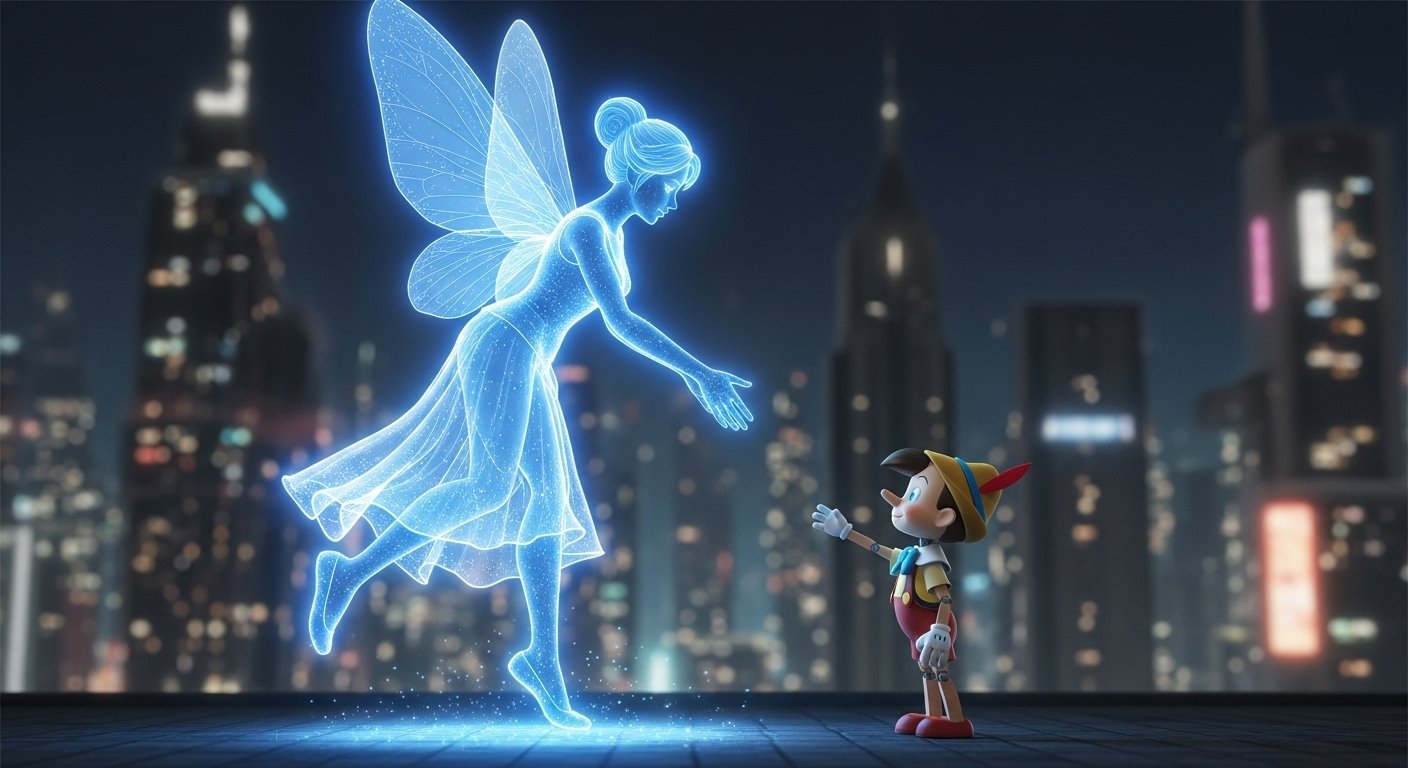
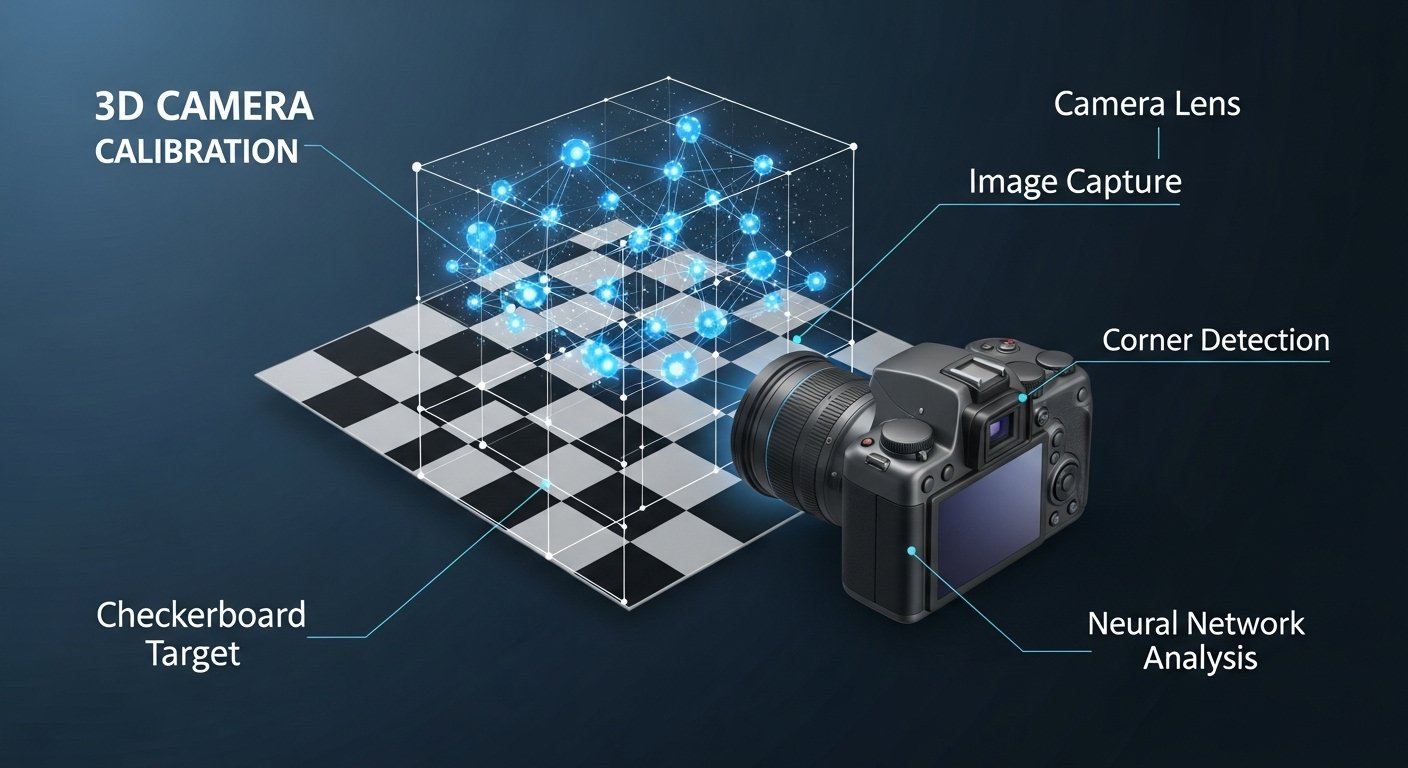
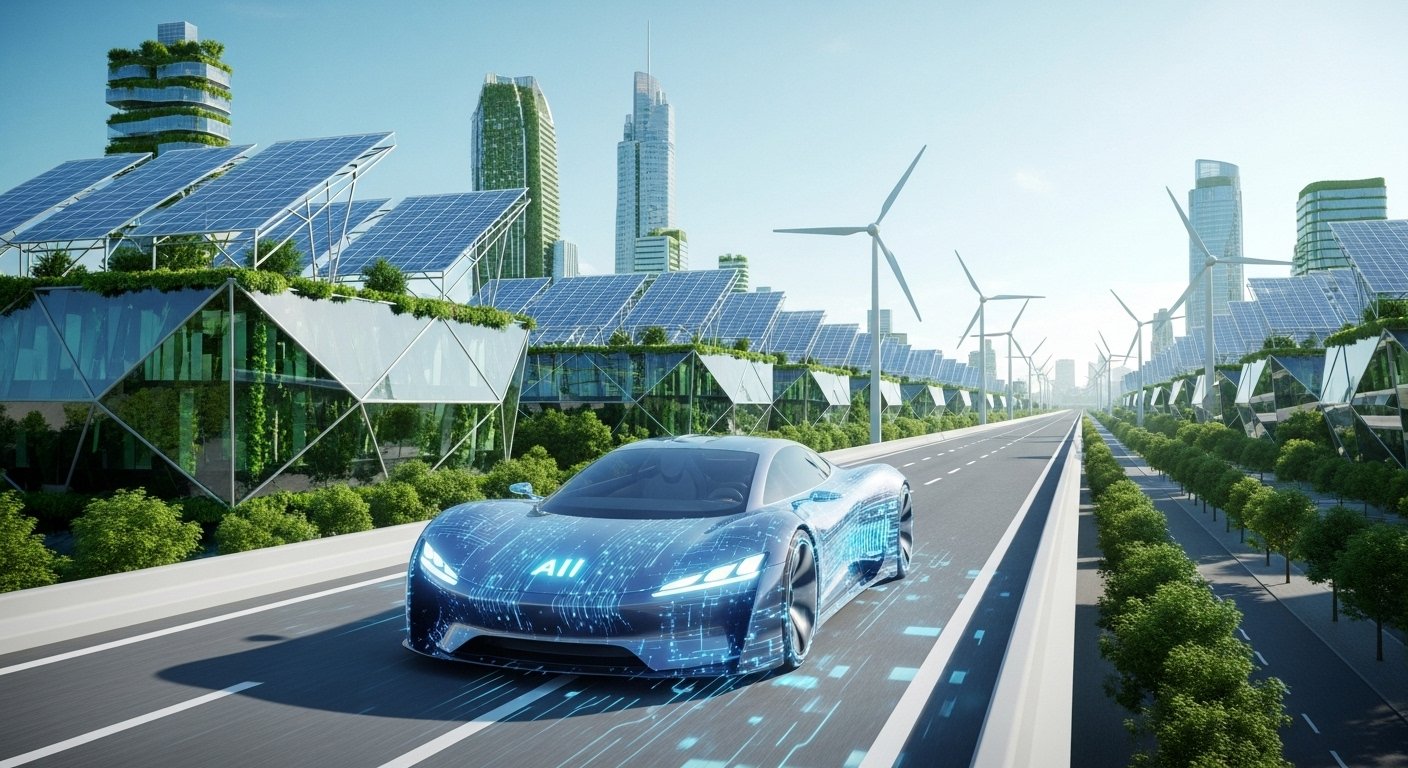
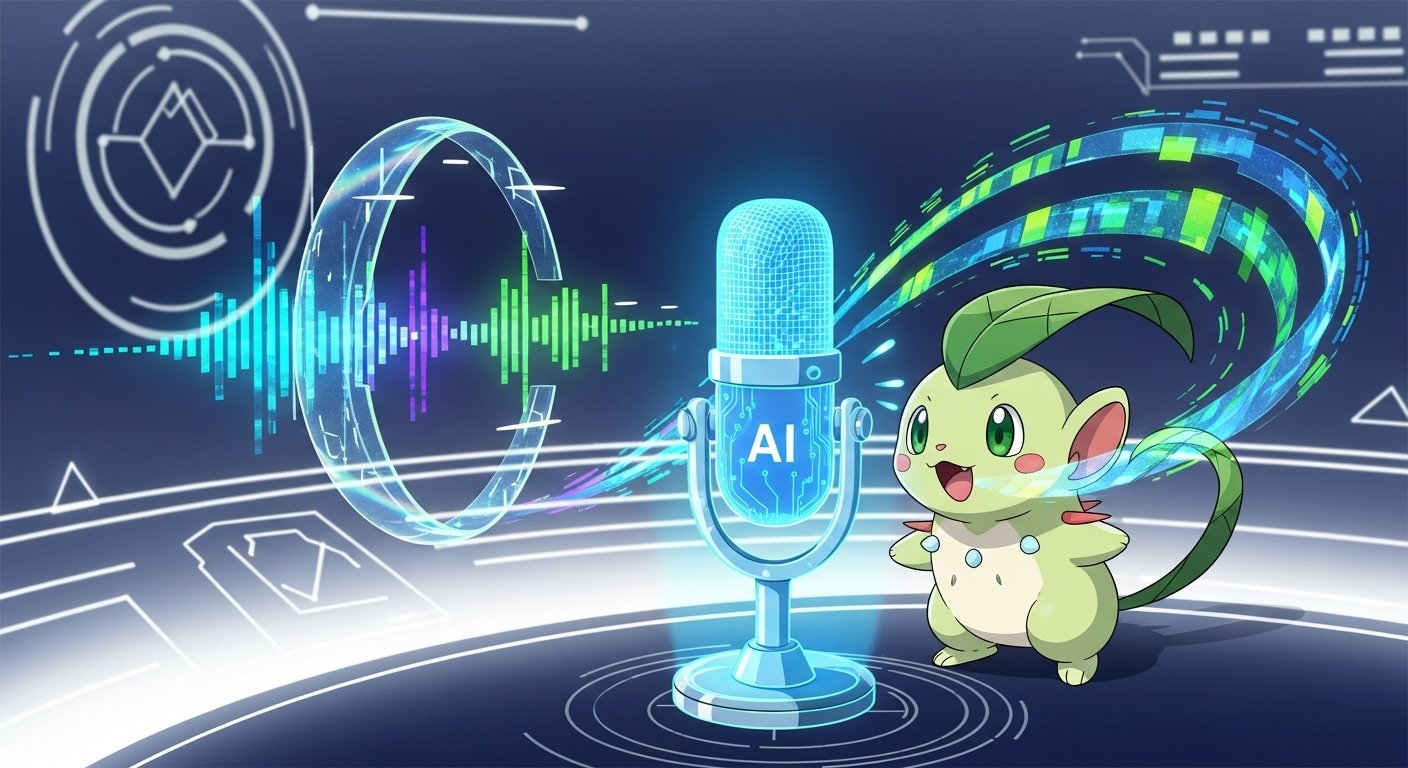
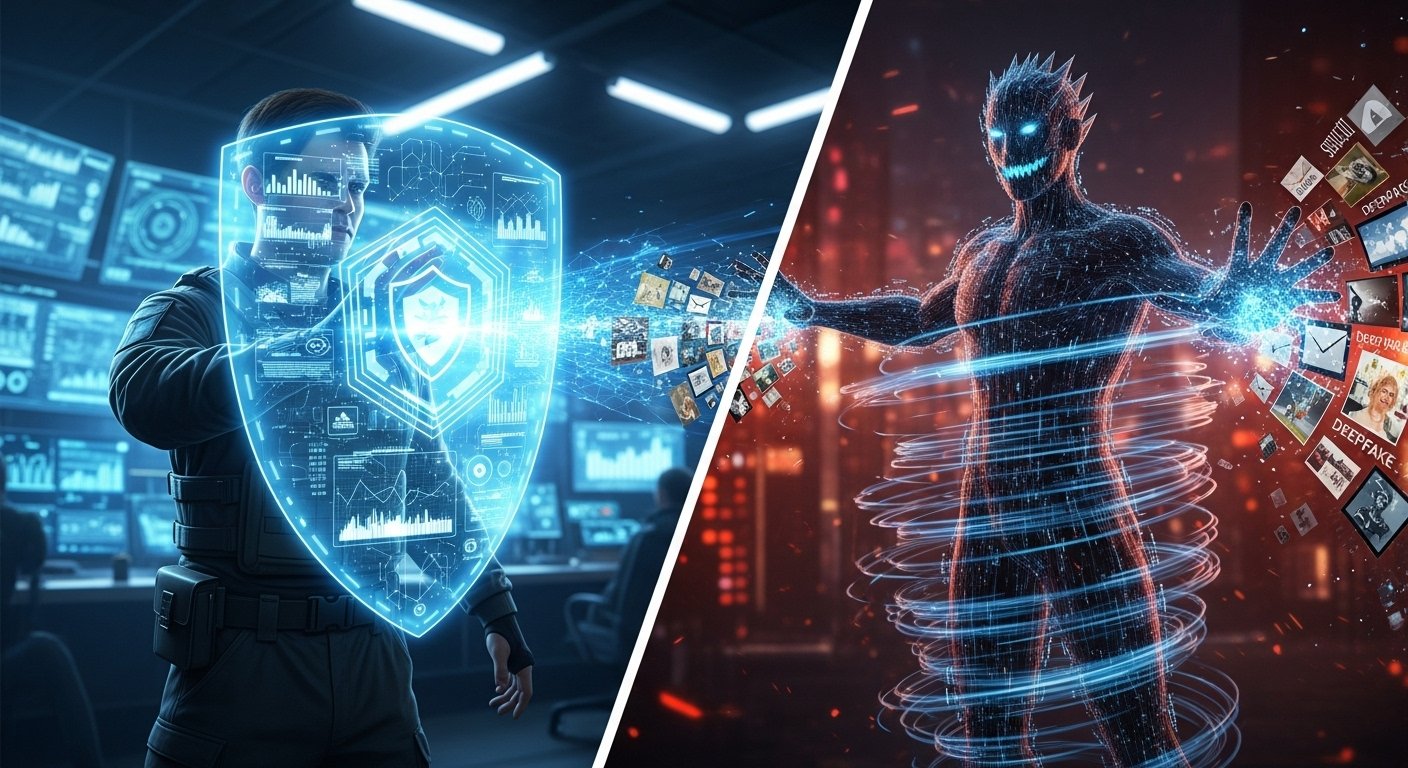

Leave a Reply